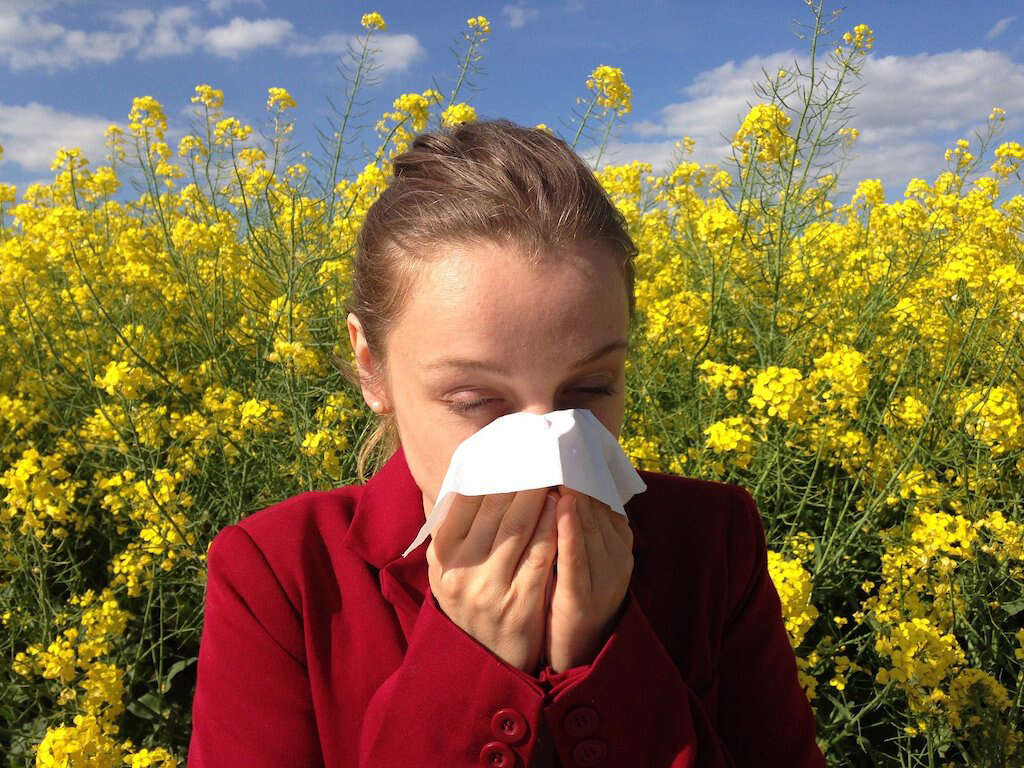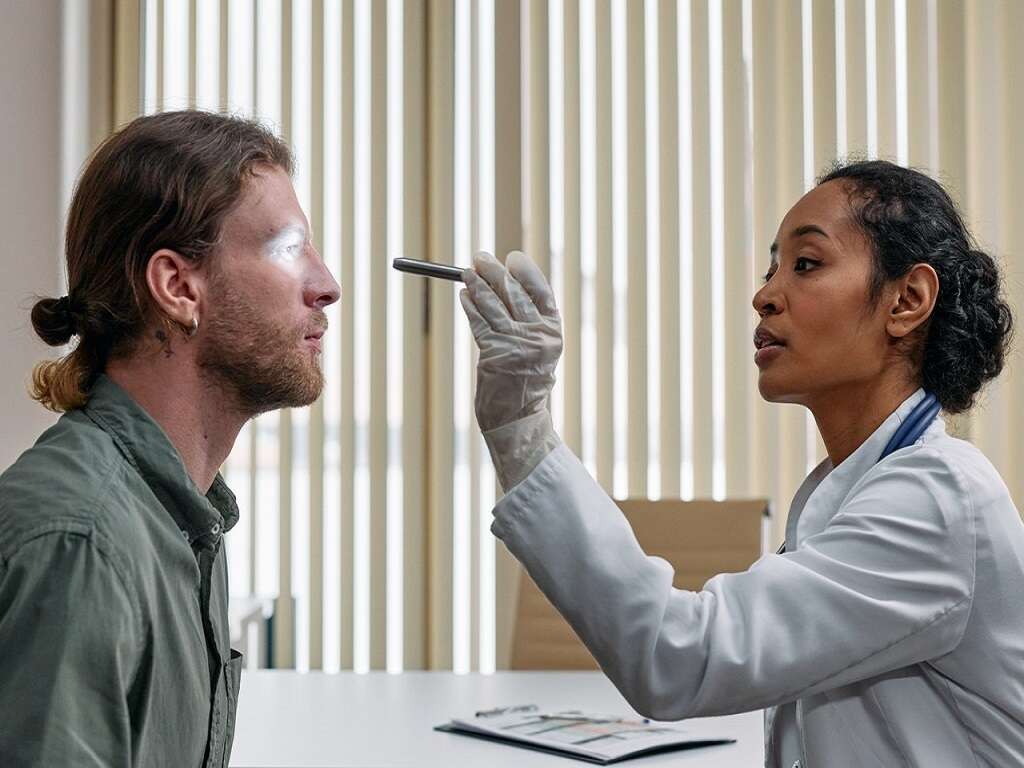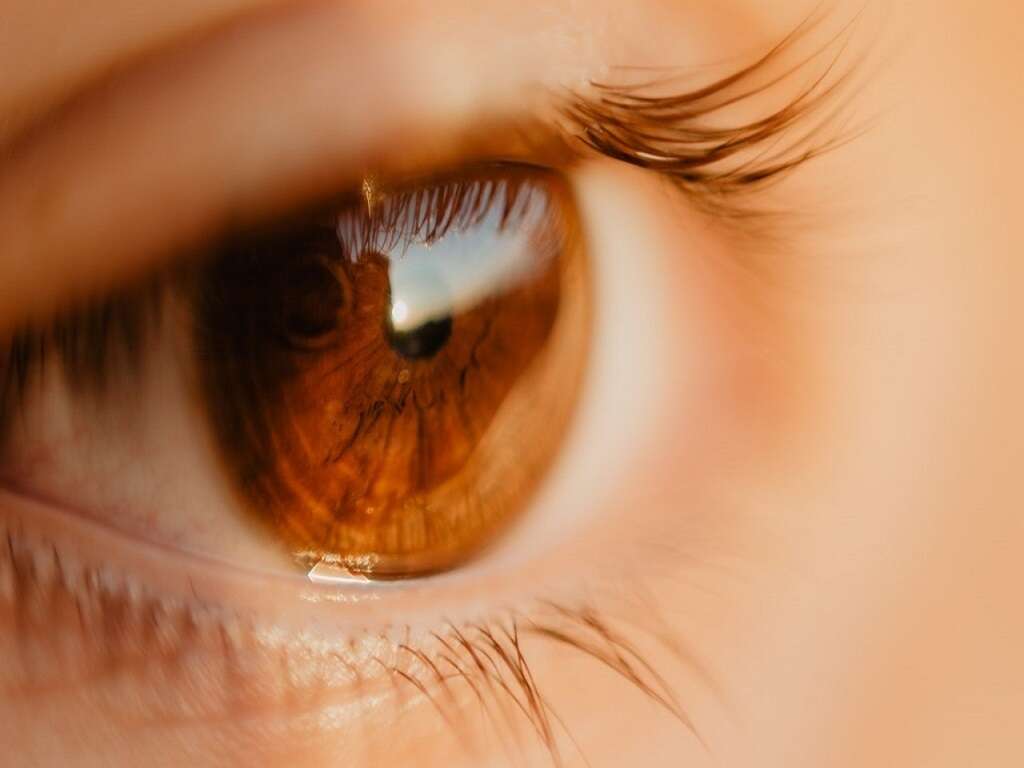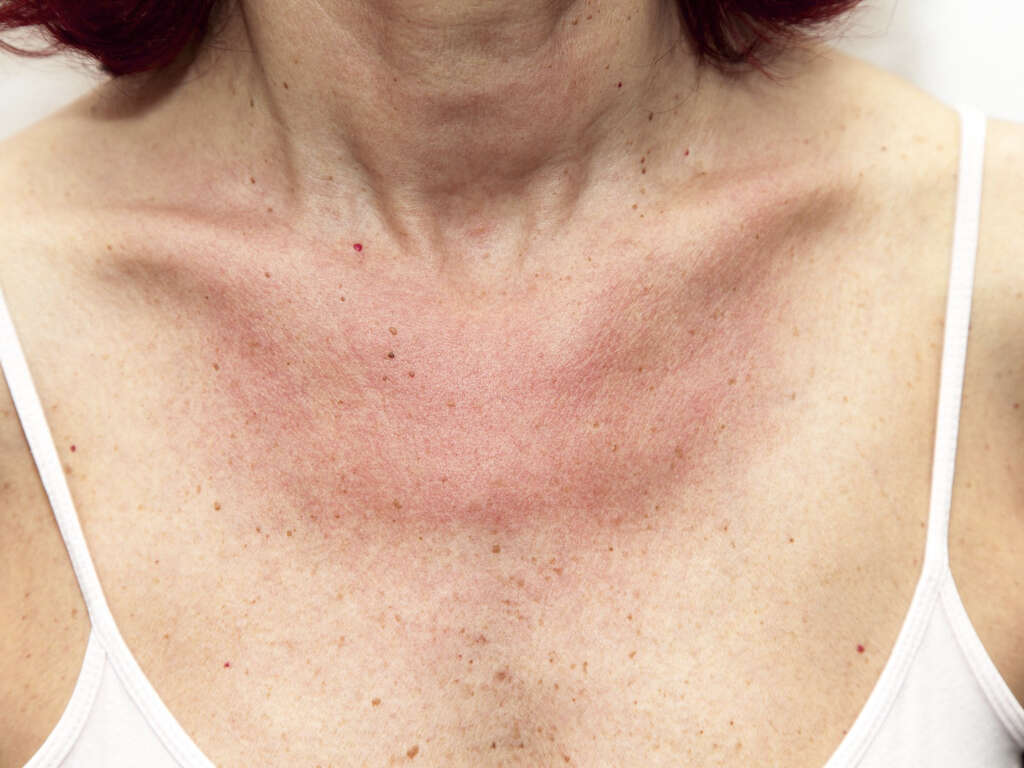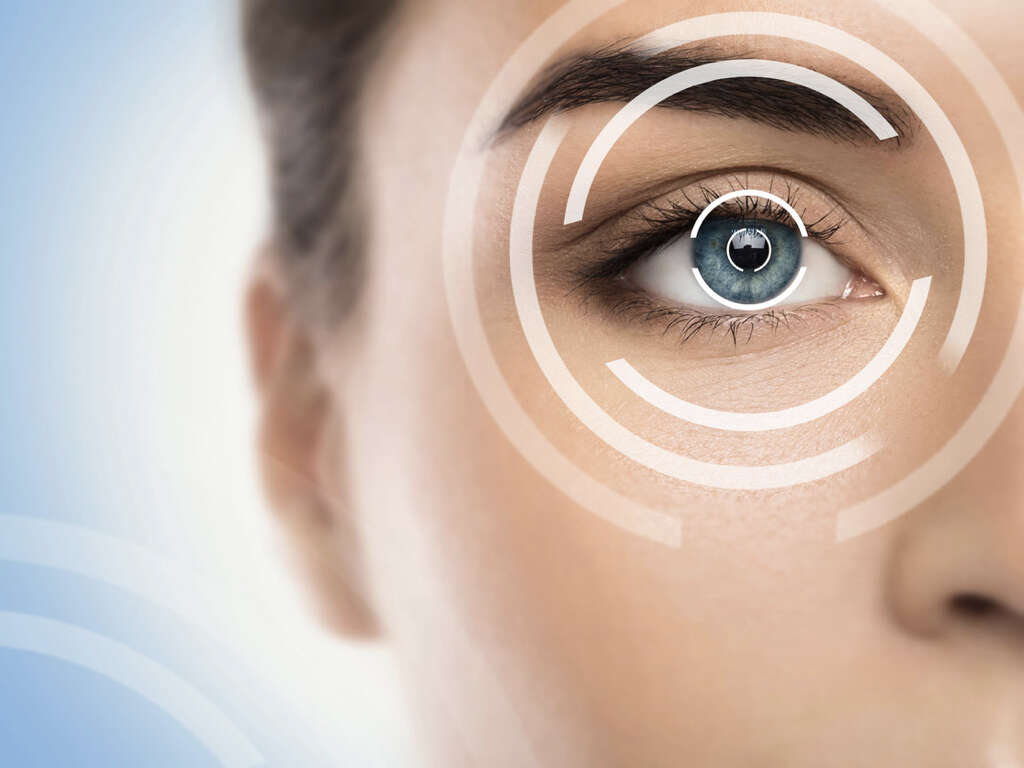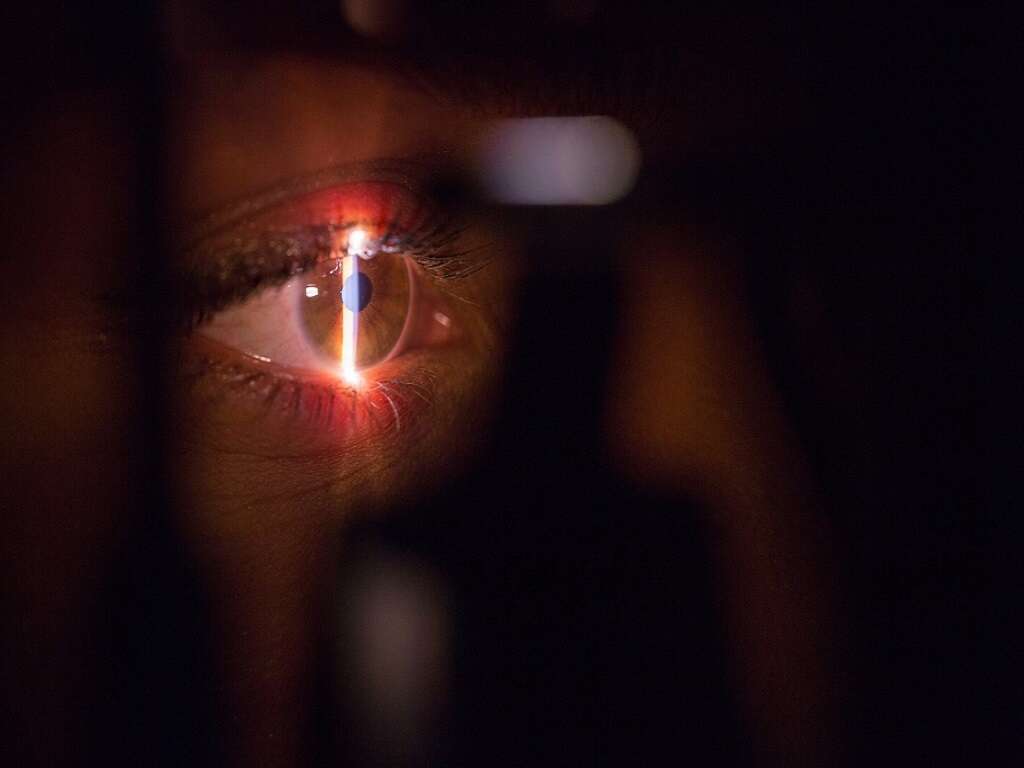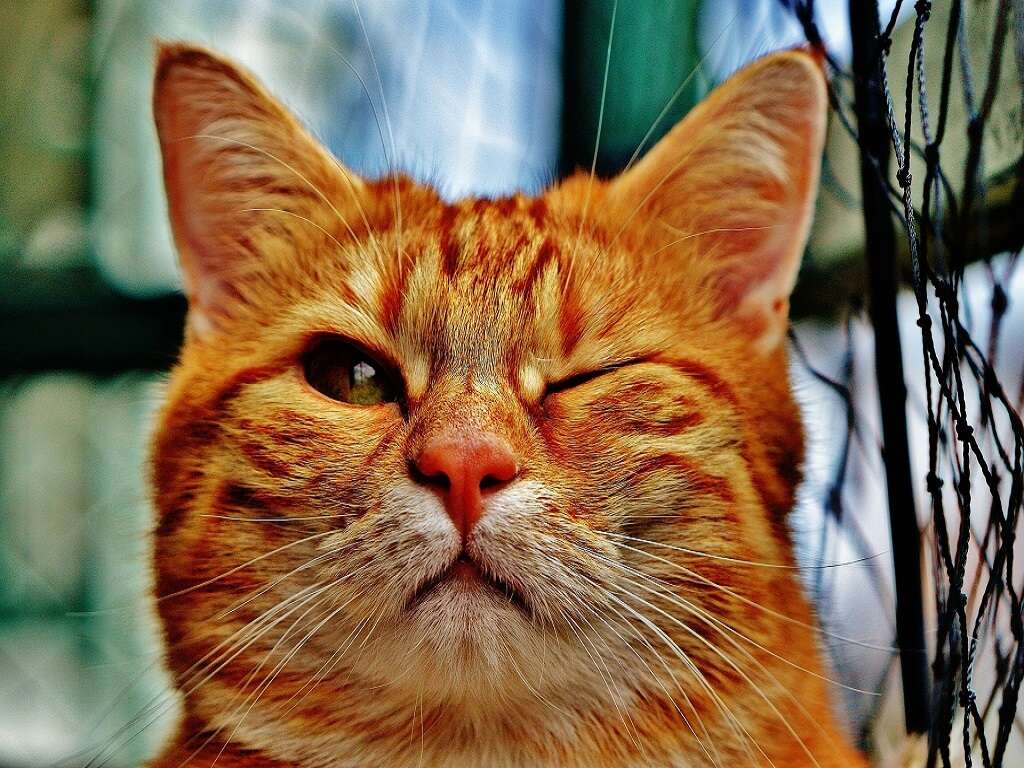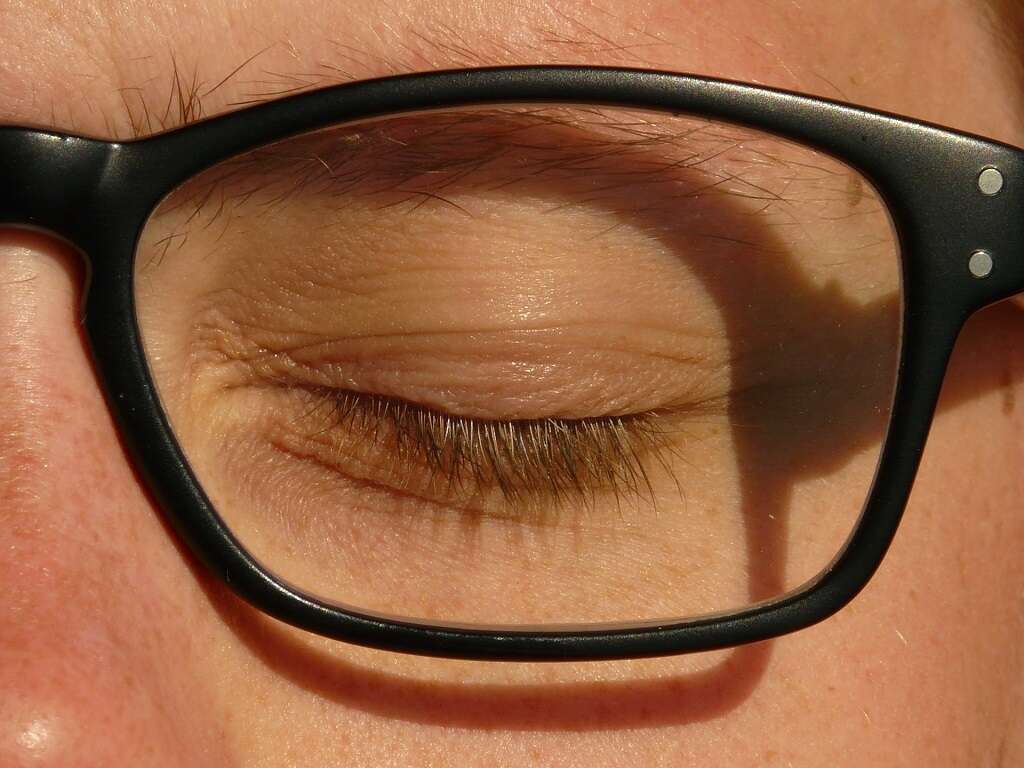Causes of Dark Circles Under Eyes
 Article Sources
Article Sources
- 1. Sheth, Pratik B., et al. 'Periorbital Hyperpigmentation: A Study of Its Prevalence, Common Causative Factors and Its Association with Personal Habits and Other Disorders.' PubMed Central (PMC), Mar. 2014, www.ncbi.nlm.nih.gov/pmc/articles/PMC3969674/
- 2. Sarkar, Rashmi. 'Periorbital Hyperpigmentation: A Comprehensive Review.' PubMed Central (PMC), www.ncbi.nlm.nih.gov/pmc/articles/PMC4756872/
- 3. 'Allergic Rhinitis.' UCLA Health: Center for High Quality Health Care Services, www.uclahealth.org/allergy/allergic-rhinitis
- 4. 'Dark Circles Under Eyes Causes.' Mayo Clinic - Mayo Clinic, www.mayoclinic.org/symptoms/dark-circles-under-eyes/basics/causes/sym-20050624?p=1
- 5. Roberts, Wendy E. 'Periorbital Hyperpigmentation: Review of Etiology, Medical Evaluation, and Aesthetic Treatment.' JDDonline - Journal of Drugs in Dermatology, 21 Nov. 2019, jddonline.com/articles/dermatology/S1545961614P0472X
- 6. Patterson, Freda. 'Sleep As a Target for Optimized Response to Smoking Cessation Treatment.' OUP Academic, 23 Oct. 2017, academic.oup.com/ntr/article/21/2/139/4562639
It's easy to assume that dark circles are caused by fatigue and to alleviate the condition, simply get more sleep. While fatigue is one of the common reasons for dark circles, it's not the only one. Oversleeping may be another cause.
More serious possible causes of dark circles under the eyes can include hereditary conditions, nutritional deficiencies and habits such as smoking. While simple lifestyle changes and a touch of makeup may improve the appearance of dark circles, it's worth checking in with a medical professional if the problem persists.
Anemia
Dark circles under the eyes are also known as periorbital hyperpigmentation or POH and are one of the symptoms of anemia. In a study performed on those with POH, 50 percent had associated iron deficiency anemia. It's believed that low levels of oxygen in the blood due to anemia may cause POH.
The study further reports that with improvement of the anemia, many people also reported an improvement in their POH. Although anemia is one of the common causes of dark circles under the eyes, it's worth consulting a physician for further testing as POH may be related to a number of other conditions.1Sheth, Pratik B., et al. ‘Periorbital Hyperpigmentation: A Study of Its Prevalence, Common Causative Factors and Its Association with Personal Habits and Other Disorders.’ PubMed Central (PMC), Mar. 2014, www.ncbi.nlm.nih.gov/pmc/articles/PMC3969674/
Genetics and Environmental Factors
Dark circles from pigmentation may be a genetic predisposition, as they commonly show up in family members of those with POH. There might be a difference in the extent of the pigmentation, and the circles may increase in darkness with age.
In some cases, environmental factors, such as stress and lifestyle factors, may play a role in the darkness of the pigmentation. The darker pigmentation typically occurs in the periorbital area and can include the lower lids, upper lids and parts of the nose.2Sarkar, Rashmi. ‘Periorbital Hyperpigmentation: A Comprehensive Review.’ PubMed Central (PMC), www.ncbi.nlm.nih.gov/pmc/articles/PMC4756872/

Allergies
Also referred to as an allergic shiner, dark circles caused by allergies resemble bruising around the eyes. It's believed to be caused by the pressure on the sinus and nose, commonly as a result of congestion.
Other symptoms that may accompany an allergic shiner include watery eyes, a runny or congested nose, sneezing, itching and discomfort in the throat and pressure in the sinus areas. Allergic shiners can occur at any time of the year, depending on the allergen that triggers the reaction.3‘Allergic Rhinitis.’ UCLA Health: Center for High Quality Health Care Services, www.uclahealth.org/allergy/allergic-rhinitis
Age
Youthful skin has the advantages of fat and collagen to keep it plump and healthy-looking. As people age, their skin loses the ability to produce collagen and fat, which makes the skin thinner.
When the thinning of the skin reveals the darker blood vessels near the eyes, it may result in dark circles. While there isn't much recourse medically, there are a number of cosmetic products on the market that are commonly used to mask the appearance of age-related dark circles.

Eye Strain
Eye strain is commonly associated with blurred vision and the inability to keep the eyes open. It may happen when driving, staring at screens or reading for long periods. While eye strain usually resolves itself when the person rests, it's worth seeing an optometrist if the problem persists.
Eye strain can also cause dark circles, as it can affect the blood vessels around the eyes. These may become enlarged and more visible, which can result in the appearance of dark circles.1Sheth, Pratik B., et al. ‘Periorbital Hyperpigmentation: A Study of Its Prevalence, Common Causative Factors and Its Association with Personal Habits and Other Disorders.’ PubMed Central (PMC), Mar. 2014, www.ncbi.nlm.nih.gov/pmc/articles/PMC3969674/
Sun Exposure
While the sun helps provide the body with essential Vitamin D, too much sun can lead to dark circles under the eyes. This is because in some people, the skin under the eyes is more susceptible to ultraviolet radiation. When they're exposed to the sun for too long, dark patches may appear under the eyes.
While sunscreen may help, covering up before heading may be more effective. Wide-brimmed hats and sunglasses with UV protection also help.5Roberts, Wendy E. ‘Periorbital Hyperpigmentation: Review of Etiology, Medical Evaluation, and Aesthetic Treatment.’ JDDonline - Journal of Drugs in Dermatology, 21 Nov. 2019, jddonline.com/articles/dermatology/S1545961614P0472X

Smoking
Smoking can have various cosmetic effects on a person's body, from yellowing fingers and nails to discolored teeth and the growth of facial hair. Over time, it can also deplete the skin of oxygen and nutrients, which may leave some smokers with a grayish pallor.
A lack of nicotine at night when the smoker sleeps may place them in mild withdrawal, which can reduce the quality of sleep. This can lead to dark circles under the eyes.6Patterson, Freda. ‘Sleep As a Target for Optimized Response to Smoking Cessation Treatment.’ OUP Academic, 23 Oct. 2017, academic.oup.com/ntr/article/21/2/139/4562639
Ethnicity and Gender
Dark circles tend to be more prevalent in some ethnicities. People with darker skin tones may be more prone to hyperpigmentation. This can increase the appearance of dark circles and doesn't necessarily indicate anything serious or underlying.
Studies also show that while both males and females may experience dark circles, the condition is more prevalent in females. It's worth investigating whether simple lifestyle changes such as better hydration or nutrition can improve it, or if medical intervention such as hormone therapy may help.5Roberts, Wendy E. ‘Periorbital Hyperpigmentation: Review of Etiology, Medical Evaluation, and Aesthetic Treatment.’ JDDonline - Journal of Drugs in Dermatology, 21 Nov. 2019, jddonline.com/articles/dermatology/S1545961614P0472X

Are Dark Circles Permanent and Dangerous?
The permanency of dark circles can depend on the cause. For instance, those who have hyperpigmentation due to ethnicity or genetics may have it forever. For others, it may be temporary and linked to illness or fatigue.
Dark circles themselves may not be hazardous to a person's health, but they may indicate an underlying condition. Possible causes such as iron deficiency or dehydration can be serious and may need immediate intervention. Oversleeping is another possible cause of dark circles that may indicate hypersomnia.5Roberts, Wendy E. ‘Periorbital Hyperpigmentation: Review of Etiology, Medical Evaluation, and Aesthetic Treatment.’ JDDonline - Journal of Drugs in Dermatology, 21 Nov. 2019, jddonline.com/articles/dermatology/S1545961614P0472X
Possible Ways to Manage Dark Circles
While the management of dark circles largely depends on the cause, simple lifestyle changes may result in improvement. Proper hydration, staying out of the sun and eating a well-balanced diet may have some effect but isn't conclusive.
Other methods to manage dark circles can include chemical peels, surgical implants of fat, laser surgery and medical tattoos. In these cases, only the symptoms can be managed. Masking the dark circles with concealers may be a person's best recourse if medical intervention isn't possible.4‘Dark Circles Under Eyes Causes.’ Mayo Clinic - Mayo Clinic, www.mayoclinic.org/symptoms/dark-circles-under-eyes/basics/causes/sym-20050624?p=1


